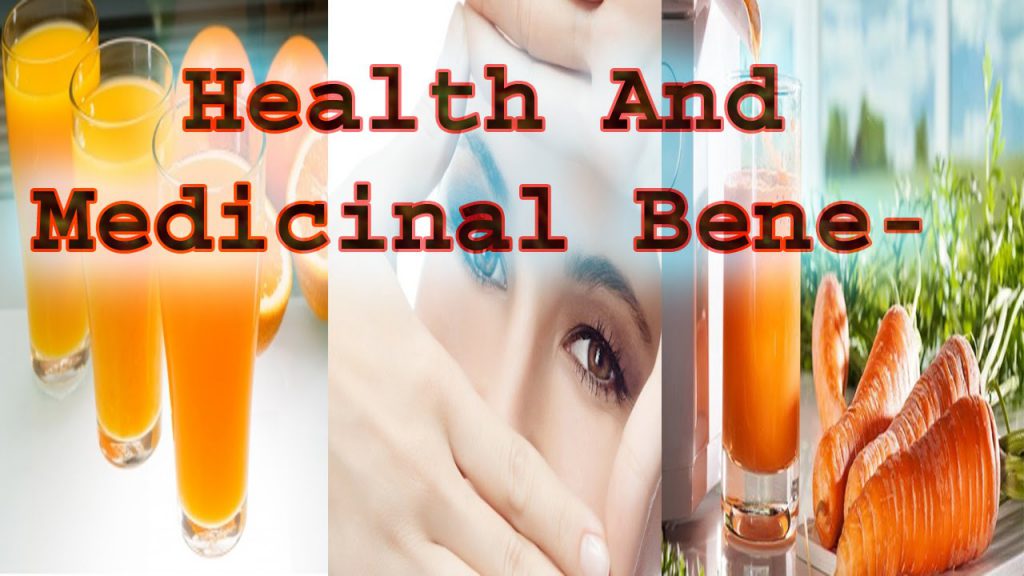Nutrition Teamwork – How Vitamins and Minerals Work Together
Nutrition teamwork between vitamins and minerals
Vitamins and minerals are team players, so if you want the most nutritional value from each meal, consider which foods work best together. Iron and Vitamin C are the best known nutritional “team” as they work together to increase each other’s absorption. So eating salad with your steak ensures greater absorption of both iron and Vitamin C.
Calcium and Vitamin D are another great team, although combining them into one meal takes a little more forethought. Dairy products are the chief nutritional source of calcium, while our bodies can create Vitamin D from sunlight. We can also absorb Vitamin D from food such as avocado or eggs, so if you don’t fancy drinking a milkshake while basking in the sun, throw a beaten egg into the milkshake or blend an avocado into a cup of Greek yogurt to make avocado dip (add lemon juice and garlic for extra flavour).
Nutrition “teams” can also consist of two minerals. Potassium and magnesium work together to maintain heart function and the neurological system. Magnesium also assists in the transportation of potassium around the body, so a magnesium deficiency can lead to a deficiency in potassium. Both minerals are readily available in most meats, fruits and vegetables, so the right levels can generally be achieved through a balanced diet. Coconut water is a rich and refreshing source of both potassium and magnesium, if you are concerned that you are not achieving the right levels through your everyday diet.
Vitamin A is an independent player, easily absorbed from highly coloured vegetables such as spinach and sweet potato, as well as from meats, eggs and dairy products. Once Vitamin A is stored in the liver, it relies on zinc for transportation into body tissues, so a lack of zinc will increase the risk of Vitamin A deficiency. The most common symptom of Vitamin A deficiency is night blindness, when vision fails to adjust to darkness. So if you lie awake at night feeling as if you’ve been blindfolded, consider a bowl of pumpkin soup before lunch and dinner to supplement your intake. (Stir a spoonful of tahini paste into the soup or nibble on the pumpkin seeds afterwards to ensure you also have enough zinc).
You can have fun matching your favourite foods with their strongest team-mates, but when this seems too complicated, consider some of the foods which work single-handedly as a complete “team”. Blueberries, for example, are a great source of both iron and Vitamin C. Milk contains Vitamin A and zinc, and salmon provides both Vitamin D and calcium. With a wide range of fresh foods available, there is a nutritious “team” to suit everyone at any time of the day.
Nutrition Teamwork – How Vitamins and Minerals Work Together by Kirsten Ehrlich Davies




